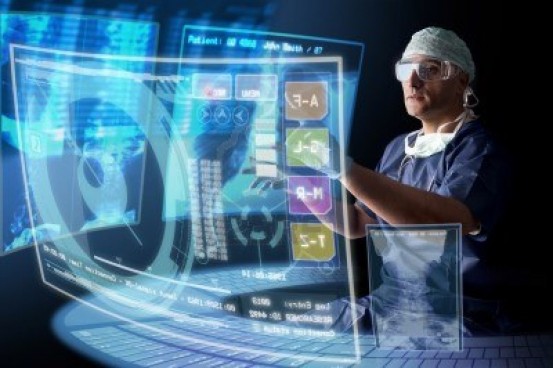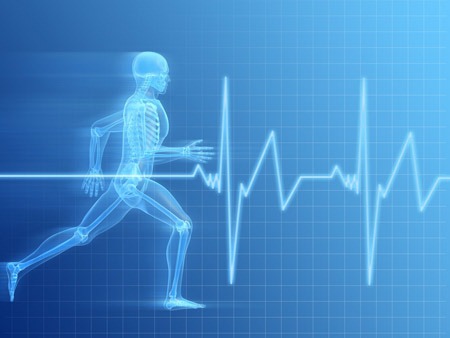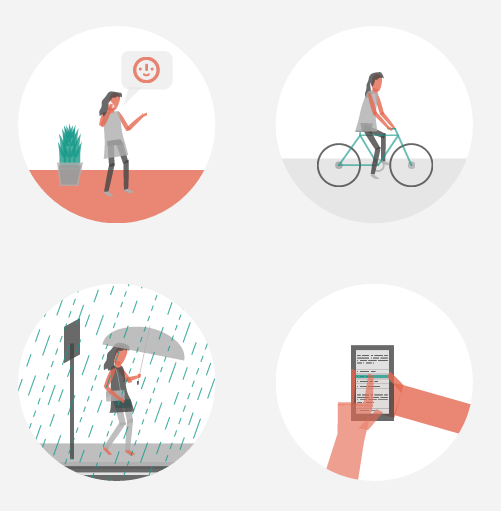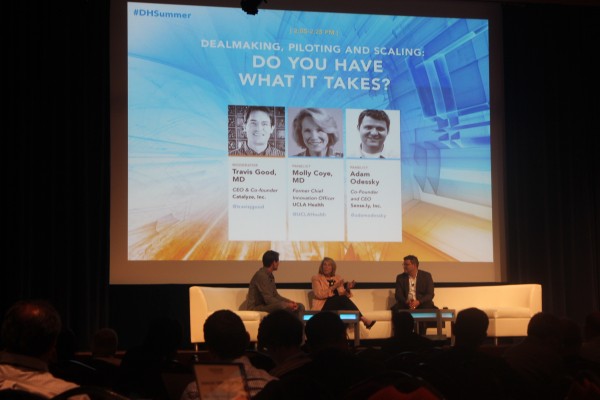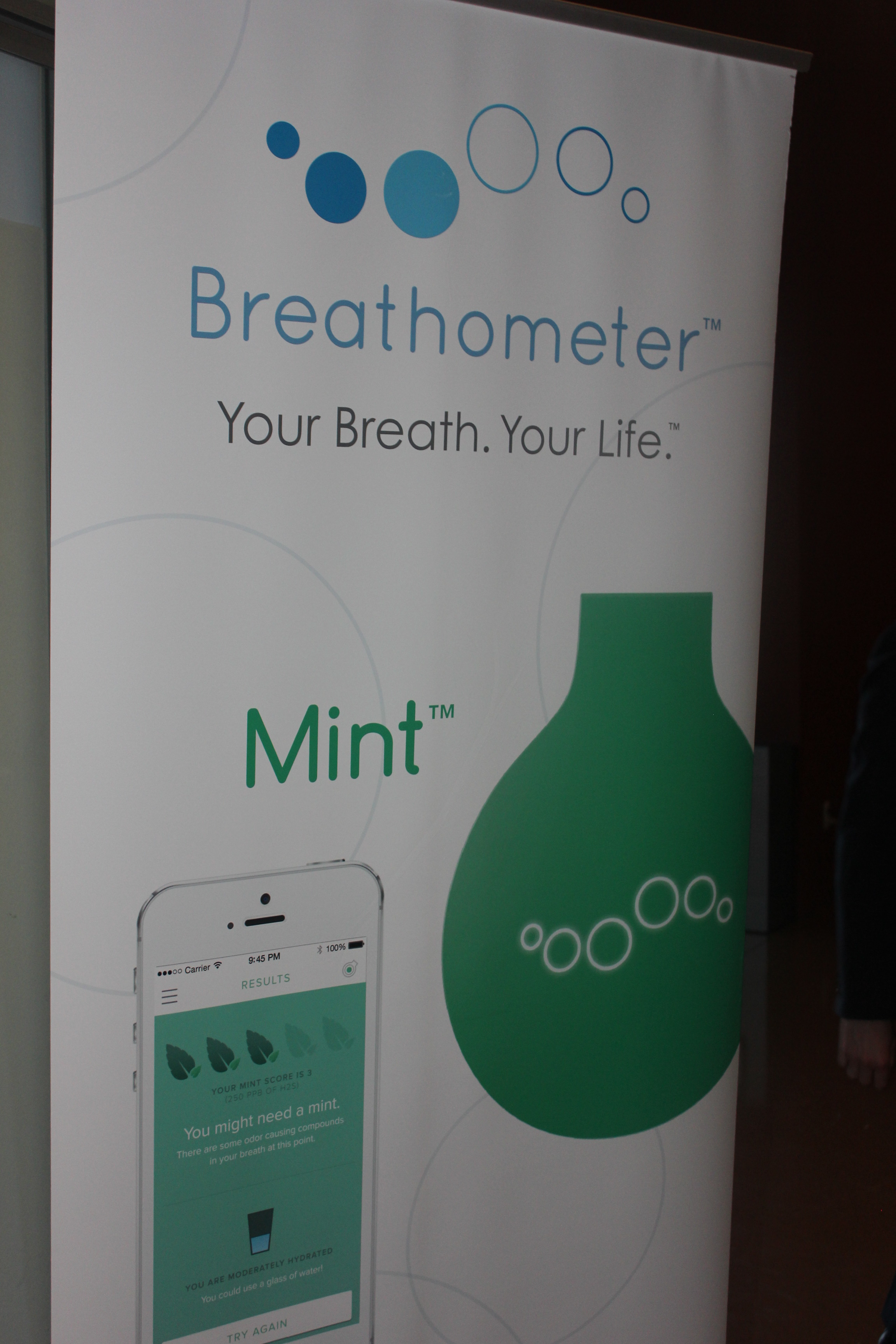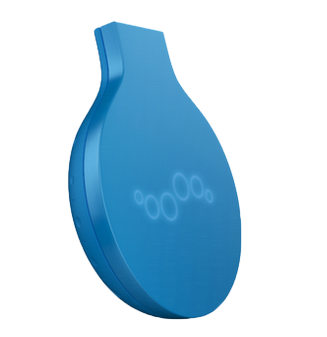I’ve experienced some of Digital Health Summit‘s energy, largely at CES (Consumer Electronics Show) in Las Vegas, where it has grown in size over the years and now represents some of the most innovative technologies happening in the health, wellness and medical arena. Last week, they held their Digital Health Summer Summit in San Francisco, which consisted of a full day of panel discussions, keynotes and something they refer to as Digital Health Playground, which is an expo of companies showing off their latest products.
Photo credit: LearnersOnline.com
The reason I’ve been so interested in digital health lately is not just because of the marketing and communications work I’ve done for HAPILABS and Kolibree over the past few years, both of which announced the world’s first in their respective categories (connected fork and connected electric toothbrush). This world obviously got me into deeper into the world of quantified self and devices that measure everything you do, from the quality of your breathe, to your sleep patterns and the steps you take every day.
While I find quantified self interesting and in some cases, leaps ahead of our time, empowering individuals about their bodies in ways that was never possible before, I’m also concerned about over monitoring since doing so means that the EMFs emitted and other electrical energy that comes from these devices are close to our bodies if not on them 24/7. I for one sleep more peacefully when I’m far away from anything that has bluetooth or wifi connectivity and when I’m not using my phone for texting or browsing, I turn it to Airplane Mode as a safety precaution.
That said, the benefits of self monitoring for more serious medical conditions can be a godsend, particularly for kids and seniors, so that other family members can stay on top of their loved one’s health as well. It’s also useful for sending data back to your family when you’re traveling and they’re not with you.
Photo credit: www.kpcb.com
The idea of digital health centers on the convergence of the digital and genetics with health, healthcare, medicine, living, and society. The biggest benefits of digital health as noted above, include the empowerment of consumers to better track, manage, and improve their own and their family’s health. There are of course compliance issues, as well as hospital and corporate adoption curves that run alongside these revolutionary changes happening in the digital world today.
At the Summit, we heard from Chief Medical Officer for AFIA Rob Smythe MD and author of The Digital Doctor, Professor and Associate Chair for the Department of Medicine Robert W. Watchter MD, who addressed the need for digital health to better demonstrate its effectiveness, as well as the issues around privacy, security and regulatory challenges.
With the abundance of health tech accelerators and seed funders pushing out a wide array of digital health companies, we also heard tips on how to avoid the funding valley of death given the long time gap between institutional funding and ultimate launch. Reps from Kleiner Perkins Caufield & Byers, Launchpad Digital Health, dRx Capital AG and DNAnexus took this subject on, which was soon followed by an interesting keynote from Michael Blum, MD and Associate Vice Chancellor for Informatics and Professor of Medicine and Cardiology/Chief Medical Information Office at UCSF.
Other panels discussed how partnering with strategic companies can better harness the power of talents and resources from both sides. One of the more interesting dialogues was between moderator Karyn Skultety, Ph.D. and VP of Health Services at the Institute of Aging, and Commercial Lead at Big Health Dickson Waterfield and Co-Founder of Ginger.io Karan Singh.
I like what they’re doing at Ginger.io, which uses smartphones to improve mental health care. Their app uses sensor data collected through the phone and self-reported information to identify people who may need help. Providers can use this data to better deliver support to the right people at the right time, making care more timely, effective and engaging. Ginger.io’s Android and iPhone apps use data from your phone to safely and securely watch for days when your health may take a hit.
The Dealmaking, Piloting and Scaling panel presented the question: You Have What It Takes? Travis Good, MD and CEO & Co-Founder of Catalyze, Molly Coye MD and Sense.ly CEO Adam Odessky took on the topic head on, sharing insights on how to sell, pilot and scale successfully within the healthcare system. Questions addressed included what healthcare systems looking for when they evaluate new technology, are all hospitals different or are there unified approaches entrepreneurs can take when working with them, and do you have a product that hospitals can actually implement to scale, among others.
Although nature will always win if I had a choice between trees, mountains and lakes and gadgets, toys and devices, I am a bit of a tech nerd when it comes to nifty things that can improve the quality of my life or my productivity. I’d argue that more devices than not add hassle to my life and extra time trying to figure out how they work and their effectiveness than the benefit they may actually provide. One of the more interesting products being shown in the Expo part of the show, a small area set up for companies to do demos and show off their greatest, was Breathometer. Their mission is to build the World’s First Portable Breath Analysis Platform to help people make smarter decisions, improve healthcare and to save lives.
You download the Breathometer mobile app on your smartphone, power on the Breeze product using the small button on the bottom of the product and the Breeze should automatically pair / connect with your smartphone. Once connected, confirm it has been 20 minutes since your last drink, take a deep breath and blow into the mouth of Breeze for 5 seconds and Breathometer will give you your results. Beyond providing dependable blood alcohol concentration levels, the Breathometer app is designed to help you make informed, dependable decisions.
Another cool product at the event was Splitsecnd, emergency assistance the instant you need it. Splitsecnd is the only plug-in device that can provide live trip data, detect a crash, call for emergency help in less than 7 seconds and notify your emergency contact in an instant. This is a great device when you’re traveling of course, but it’s also great for seniors and teenagers — parents can not only detect if and where there has been a crash instantly, but monitor the driving behavior as well.
The device plugs into any vehicle’s 12V lighter outlet and uses airbag sensor technology to activate the emergency response system on impact, calling for help even when you can’t respond. The GPS monitoring features allow you to keep up with family and loved ones on the road. Using build in location software, splitsecnd works with local 911 dispatchers to send emergency aid right away. The splitsecnd response team will call your emergency contact so your family knows within minutes you have been in a car crash.
You can also view the past 10 trips of anyone on your account — where and when they went and even the route they took. For android users only, it currently also tracks how often the driver texts while driving making it easy to see how often they are making safety a priority. Wow!
I also learned a lot about hearing loss — I had no idea it was such a huge problem in the states, how much hearing loss impacts one’s emotional state, how expensive hearing aids are and the fact that they’re not covered by insurance. Huh? When they’re priced in the $2-6K price range per hearing aid, imagine how many seniors go without, trying to live day to day without accurate hearing? Apparently there are a significant and growing number of kids who suffer from hearing loss as well.
I chatted to the Audicus team at the show, who focus on providing affordable hearing aids. Apparently traditional providers and manufacturers mark hearing aids up more than 10x to cover overhead and other miscellaneous costs whereas Audicus cuts out the middlemen by working with a top-tier, independent German manufacturer and delivering it straight to the consumer.
They believe that everyone deserves to “Live Loudly” so are focusing on dramatically bringing the cost of hearing aids down so it’s more affordable to the average American. They also sell accessories — two thumbs up!
Producer Jill Gilbert, Organizer and founder of Living in Digital Times Robin Raskin and their team put together an incredibly enriching event full of great ideas, people, products, services and platforms. The event was co-hosted by CDHI – Center for Digital Health Innovation at UCSF — more information can be found at www.digitalhealthsummit.com. Be sure to watch for their developments, updates, future event dates and locations.

Renee Blodgett is the founder of We Blog the World. The site combines the magic of an online culture and travel magazine with a global blog network and has contributors from every continent in the world. Having lived in 10 countries and explored nearly 80, she is an avid traveler, and a lover, observer and participant in cultural diversity.
She is also the CEO and founder of Magic Sauce Media, a new media services consultancy focused on viral marketing, social media, branding, events and PR. For over 20 years, she has helped companies from 12 countries get traction in the market. Known for her global and organic approach to product and corporate launches, Renee practices what she pitches and as an active user of social media, she helps clients navigate digital waters from around the world. Renee has been blogging for over 16 years and regularly writes on her personal blog Down the Avenue, Huffington Post, BlogHer, We Blog the World and other sites. She was ranked #12 Social Media Influencer by Forbes Magazine and is listed as a new media influencer and game changer on various sites and books on the new media revolution. In 2013, she was listed as the 6th most influential woman in social media by Forbes Magazine on a Top 20 List.
Her passion for art, storytelling and photography led to the launch of Magic Sauce Photography, which is a visual extension of her writing, the result of which has led to producing six photo books: Galapagos Islands, London, South Africa, Rome, Urbanization and Ecuador.
Renee is also the co-founder of Traveling Geeks, an initiative that brings entrepreneurs, thought leaders, bloggers, creators, curators and influencers to other countries to share and learn from peers, governments, corporations, and the general public in order to educate, share, evaluate, and promote innovative technologies.

